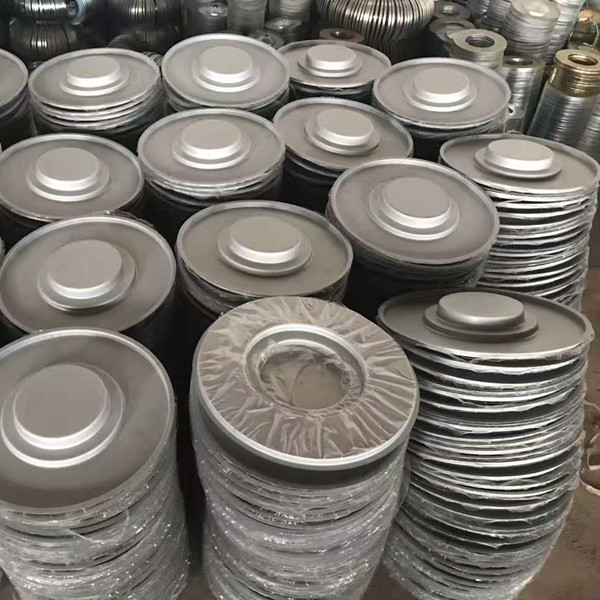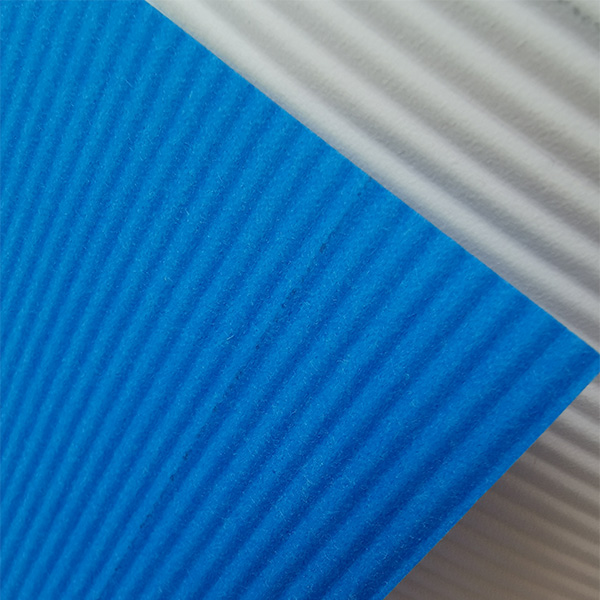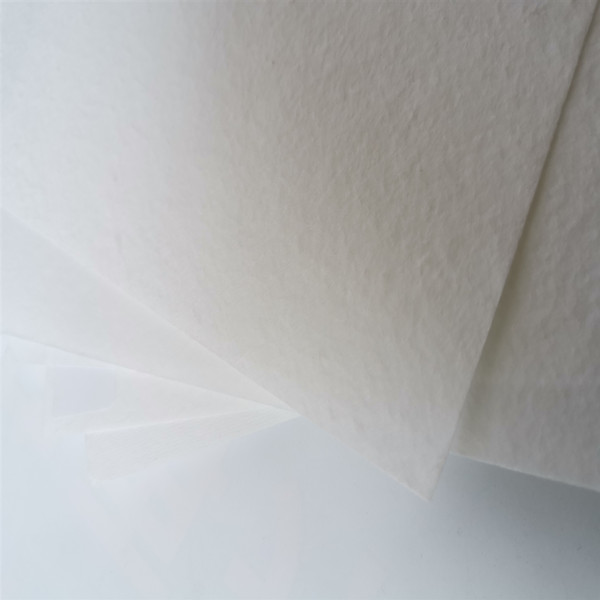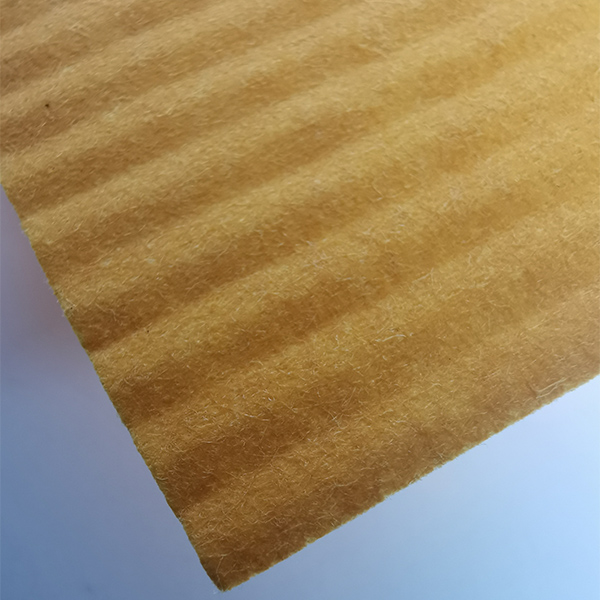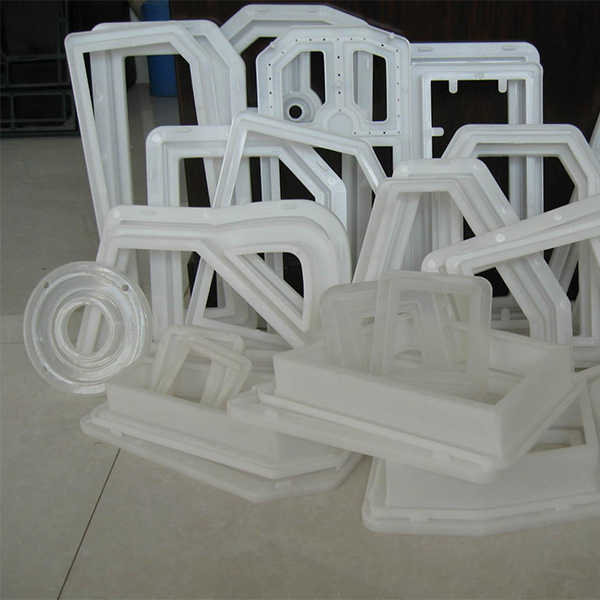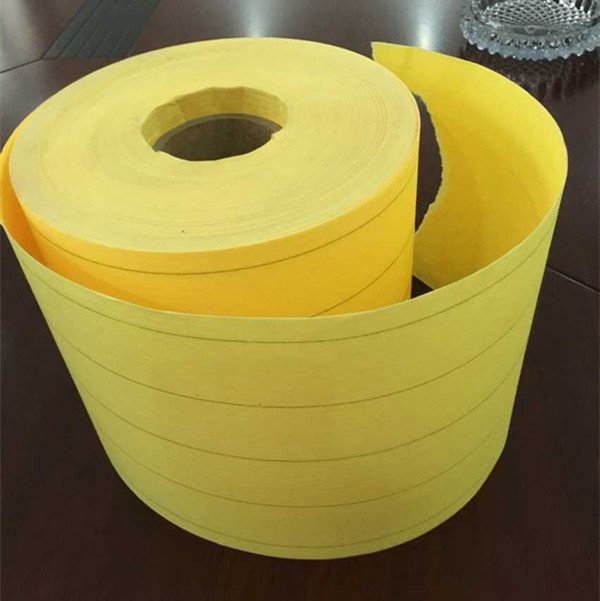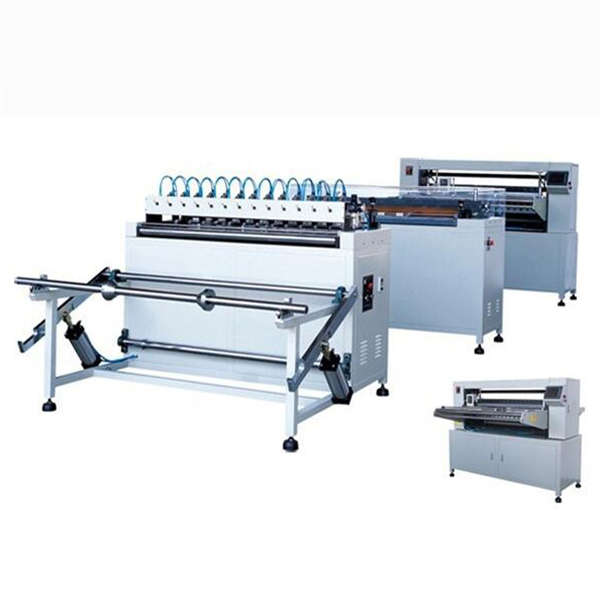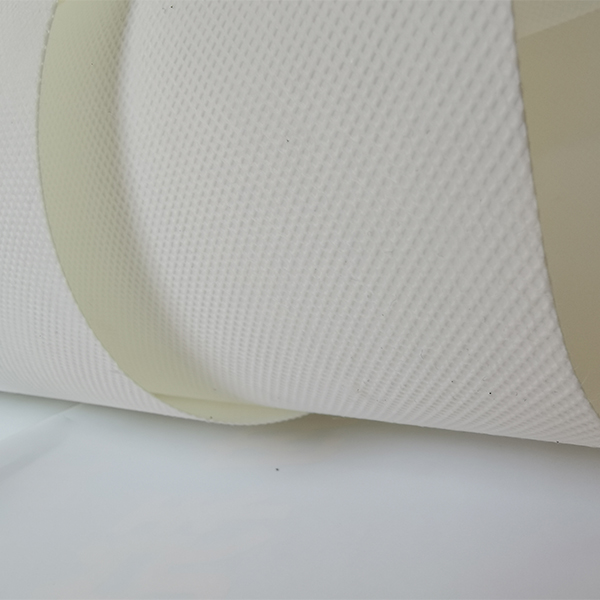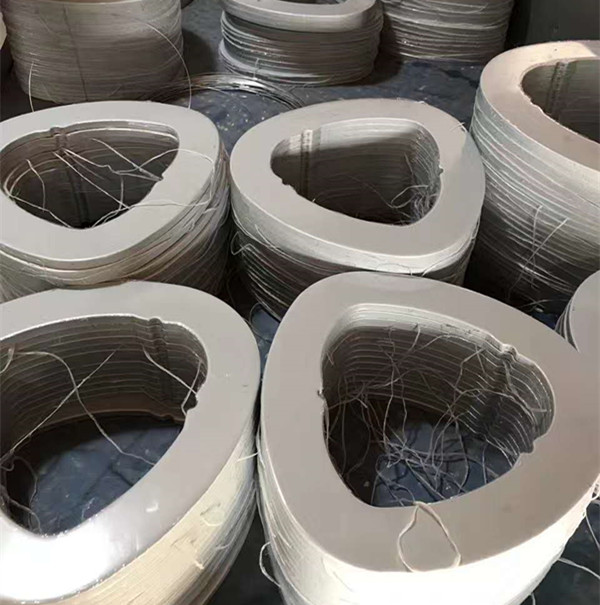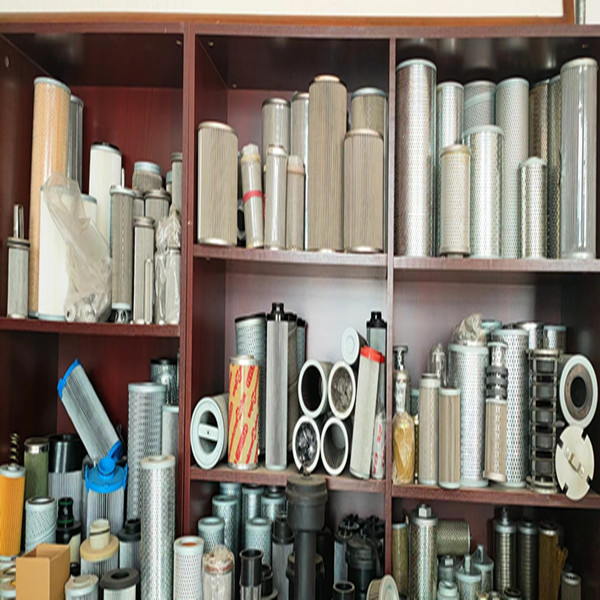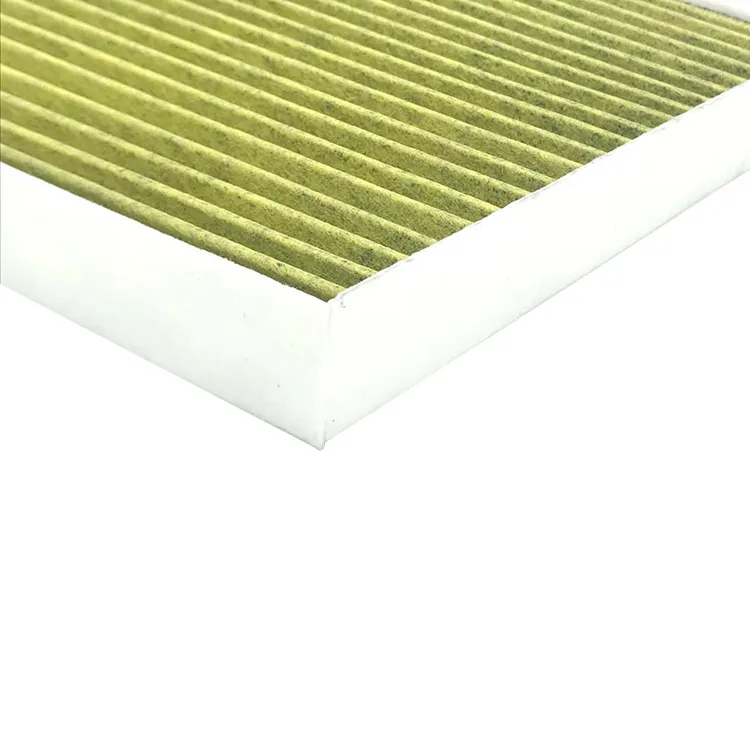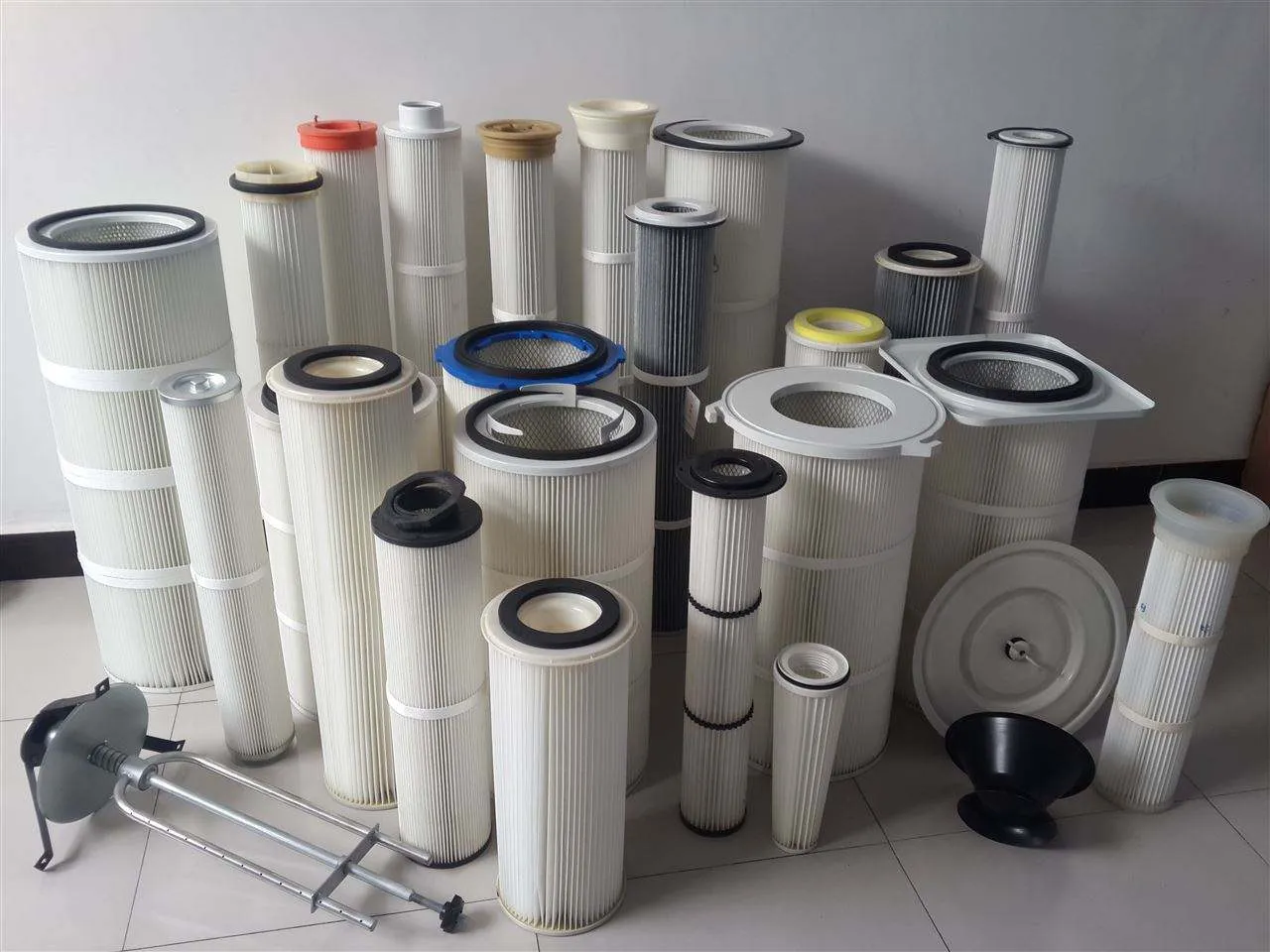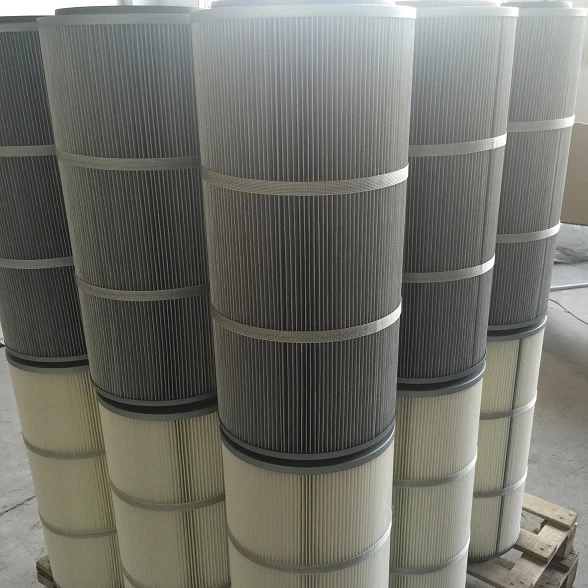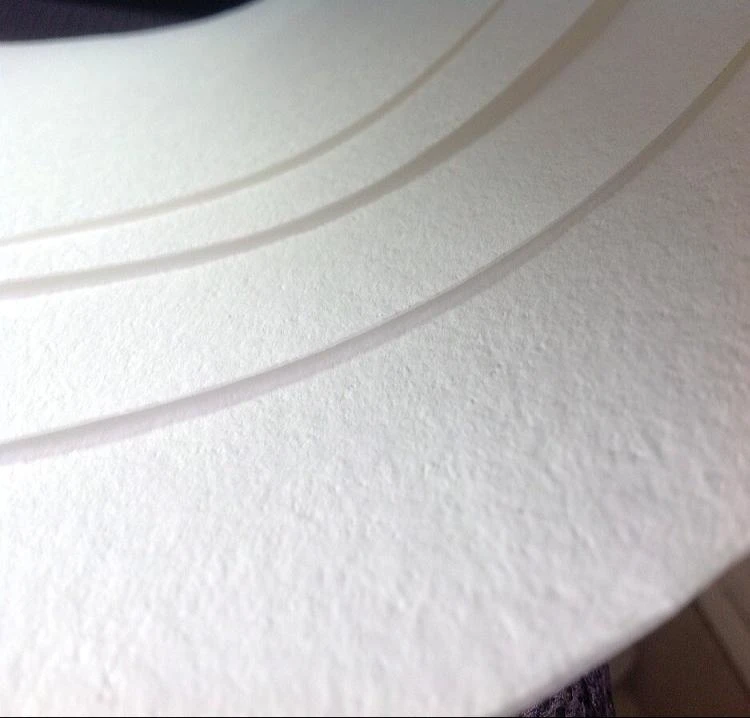To help navigate this comprehensive guide, here’s an overview of what we’ll cover:
- The critical role of filtration technology in industrial operations
- Fundamental operating mechanisms behind effective particulate capture
- Quantifiable performance metrics defining superior baghouse systems
- Technical comparison of leading manufacturer specifications
- Custom engineering approaches for challenging environments
- Proven maintenance methodologies extending functional lifespan
- Strategic implementation considerations for operational excellence
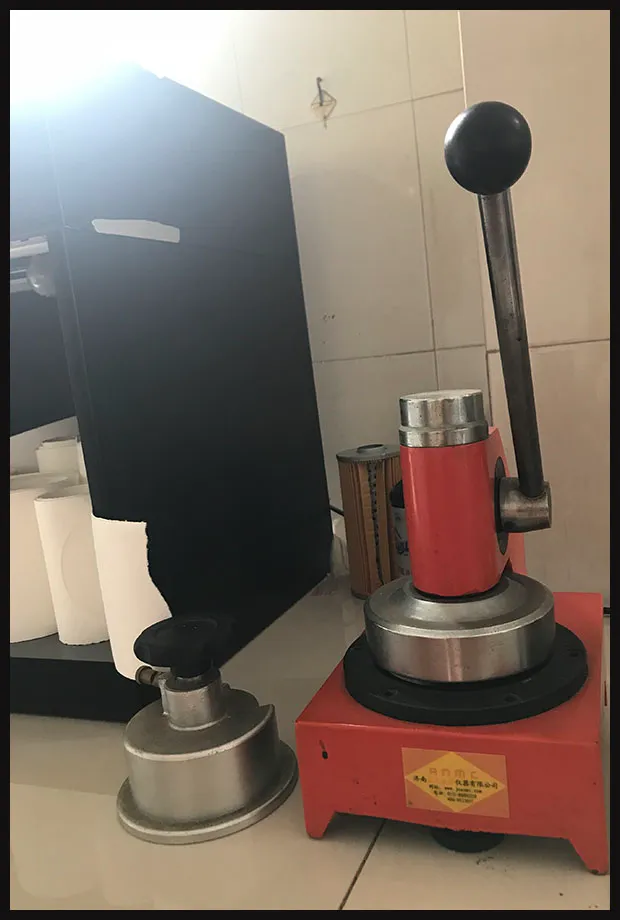
(baghouse filter bags)
Essential Technology Behind Baghouse Filter Bags
Industrial filtration systems rely fundamentally on specialized textile technology engineered to capture particulate matter. Modern fabric solutions incorporate multi-layer construction featuring PTFE membrane coatings over woven fiberglass substrates, achieving initial efficiency ratings of 99.99% on particles exceeding 1 micron. Pressure differentials below 6 inches water column demonstrate optimized flow characteristics, while specialized seam constructions prevent particulate bypass. Thermal stability thresholds now reach 280°C continuously for ceramic-fiber composites, protecting against spontaneous combustion events across multiple industrial sectors.
Technical Operation and Particulate Capture Mechanisms
Filtration occurs through multiple physical processes working concurrently across the textile surface. Depth filtration within the material matrix traps finer particles while cake formation on the exterior surface handles larger particulate loading. Advanced pulse-jet cleaning systems precisely control air bursts at 100-110 psi intervals, maintaining permeability. Computational flow dynamics optimize bag spacing to prevent airflow channeling, ensuring uniform filtration velocity below 3.5 ft/min across the entire filter surface. This precision prevents premature wear patterns common in generically configured systems.
Performance Metrics Defining Industry Standards
Key quantitative benchmarks separate superior products from baseline solutions. Emission compliance requires consistent capture of particulate down to 0.3 microns with less than 5 mg/Nm³ outlet concentration. High-performance fabrics withstand 200,000+ cleaning cycles while maintaining structural integrity - this extends replacement intervals beyond typical 36-month schedules. Standardized tests measure resistance to hydrolytic degradation with less than 15% tensile strength loss after 500 hours at 90% humidity and 120°C conditions. Particulate holding capacity exceeding 1kg/m² ensures stable pressure drop during heavy loading events.
Manufacturing Innovations and Material Comparison
| Material Composition | Max Operating Temp | Abrasion Resistance | Chemical Compatibility | Standard Lifespan |
|---|---|---|---|---|
| PTFE Membrane/PPS Felt | 190°C | Excellent | Acid/Alkali Resistant | 48-54 Months |
| Fiberglass with Silicone | 230°C | Good | Acid Limited | 36-42 Months |
| Aramid Polymer Blend | 200°C | Excellent | Limited Alkali | 42-48 Months |
| Ceramic Fiber Matrix | 280°C | Fair | Universal | 60-72 Months |
Leading manufacturers differentiate through proprietary treatments - Gore's membrane technology enhances release characteristics while Unseamed Technology Inc. provides continuous fiber deposition eliminating side seams. Material innovations continue advancing with graphene-infused textiles showing 40% improved conductivity for explosive dust applications.
Industry-Specific Engineering Solutions
Custom configurations address unique operational challenges across sectors. Cement production facilities implement anti-blinding treatments with membrane surfaces preventing hydration cement lock. Power generation installations utilize conductive threads woven through fabric structures preventing electrostatic discharge. For chemical processing plants, fluoropolymer coatings provide barrier protection against solvent attack while maintaining flexibility. Food grade applications incorporate FDA-compliant nano-coatings that repel moisture and oils without contaminating product streams.
Maintenance Protocols Maximizing Functional Longevity
Strategic cleaning cycles optimize operational efficiency while extending service life. Advanced pulse control algorithms vary cleaning intensity based on differential pressure trends, reducing air consumption by 35% versus timed intervals. Moisture control prevents blinding through inlet temperature maintenance 20°C above dew point. Thermal imaging identifies underperforming zones before failures occur, allowing targeted interventions rather than full replacements. Proper training programs reduce installation damage by 90% - the primary cause of premature failure according to industry studies.
Operational Excellence Through Advanced Baghouse Filter Bags
Implementing cutting-edge baghouse filter bags
delivers quantifiable operational improvements that transcend basic filtration functions. Leading aluminum smelters documented 22% emission reductions using silicon-enhanced fabrics resisting fluoride attack. Pharmaceutical manufacturers achieved 99.995% HEPA-equivalent capture without secondary filters. Cement plants extended changeout intervals to 54 months despite processing 300 tons/hour raw materials. This technology roadmap continues advancing through innovations in nanotechnology and IoT-enabled condition monitoring systems transforming maintenance paradigms.
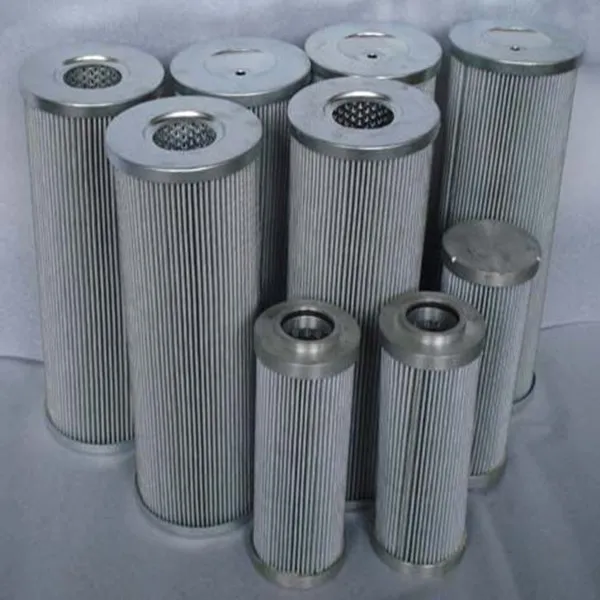
(baghouse filter bags)
FAQS on baghouse filter bags
Q: What are baghouse filter bags used for in industrial applications?
A: Baghouse filter bags are essential components for air pollution control, capturing dust and particles from exhaust gases. They ensure cleaner emissions and protect machinery. Typically made from durable fabrics, they fit various baghouse systems.
Q: How does baghouse filter bag cleaning work effectively?
A: Baghouse filter bag cleaning involves pulse jet, reverse air, or shake methods to dislodge accumulated dust. Automated systems enhance efficiency by maintaining airflow. Regular cleaning prevents blockages and extends bag lifespan.
Q: Why is selecting the right baghouse bags critical for performance?
A: Choosing appropriate baghouse bags depends on factors like temperature, chemical exposure, and dust type. This selection optimizes filtration efficiency and durability. Improper bags lead to frequent replacements and operational issues.
Q: What signs indicate when baghouse filter bags need replacement?
A: Indicators include reduced airflow, visible damage, or increased emissions after cleaning. Testing pressure drop across the system helps diagnose worn bags. Timely replacements avoid costly downtime and maintain compliance.
Q: Can baghouse filter bag cleaning methods vary based on industry needs?
A: Yes, methods like online pulse jet suit heavy-duty operations, while offline cleaning may be better for sensitive dust. Factors like dust loading and bag material dictate the approach. Tailored cleaning ensures maximum dust capture and efficiency.
Post time: Jūn-04-2025

